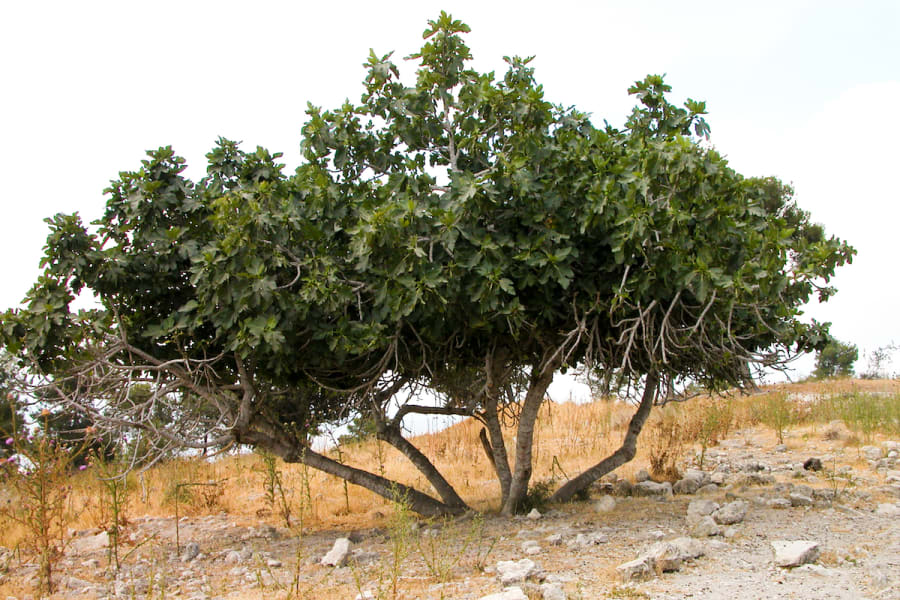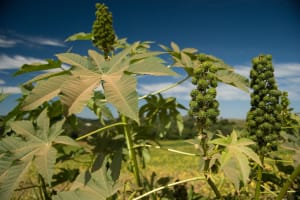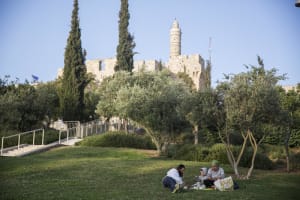The fig tree of Matthew 24

It seems surprising the lack of commentary about the lesson of the fig tree (Matthew 24:32-34). However, maybe it shouldn’t be so surprising, since most Bible commentary is pre-1948, when perhaps the meaning was incomprehensible. “Now learn this lesson of the fig tree: When its branch has already become tender and puts forth its leaves, you know that summer is near…Truly I tell you, this generation will certainly not pass away until all these things have happened.” Matthew 24:32-34, also Mark 13:28-30 and Luke 21:29-32.
“Now learn this lesson…” The wording here indicates a teaching that had not previously been revealed. In the Bible this is referred to as a mystery, as in 1 Cor. 15:51-52. The wording here also indicates a command. Jesus said, “If you love me, keep my commandments.” John 14:15. The verb for learn is the same used in Matthew 11:29 “Take my yoke upon you and learn of me”. It is learned from Jesus Christ, and is spiritually discerned (see 1 Cor. 2:14).
The fig tree undeniably is the nation Israel. It is said that the fig tree still grows in abundance in the Mediterranean climate of that land, even after all that has happened there over the years. Fig trees are mentioned several times in the Bible in correlation with the land (and people) of Israel. Deuteronomy 8:8 mentions it as a land of vines and fig trees and pomegranates. In Amos 4:9 and Joel 1 the impact to fig trees is representative of judgement and hardship to that land, which has always been closely associated with the inhabitants, the people as a nation. The common fig (Ficus carica) is a deciduous tree which means that it is dormant for a while, but “when its branch has already become tender and puts forth its leaves” is a phenomenon of regeneration. It is tragic that orthodox Jews only accept the Old Testament and therefore miss the words of Jesus about the lesson of the fig tree.
“This generation” (Mt. 24:34) – some interpreters understand this to mean the ethnic lineage of Israel. While that certainly is true, that would have been no mystery at all, because it is well known from promises and prophecies in the Old Testament that the ethnic lineage of Israel will perpetuate. It refers to the generation then living. There is ambiguity about the time span of a generation but evidently it is meant to be somewhat ambiguous. In Genesis 15, a generation is equated to 100 years, however lifespans were much longer in those ancient times (see Genesis 5). Psalm 90:10 says the length of our days is seventy years or eighty.
The Lord Jesus spoke in parables, and the phenomenon of regeneration of the deciduous common fig is a perfect analogy for the reinstatement of Israel. It is an occurrence that can only be attributed to the Lord. It is significant to Him and a fulfillment of prophecy (Ezekiel 36). Furthermore, this follows the same pattern in the book of Daniel, where a historic event for the nation Israel is used as a reference point (Daniel 9:25). This is viewed in light of the reestablishment of Israel in 1948. Think of it this way: consider those you know who were born before 1948; they would be in their upper 70’s at least. No one knows the day or the hour, but we can know the season!

Josh Bowditch is an aspirer of stewardship in the Biblical sense. This includes ascertaining the truth and writing concisely about topics of interest.













